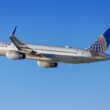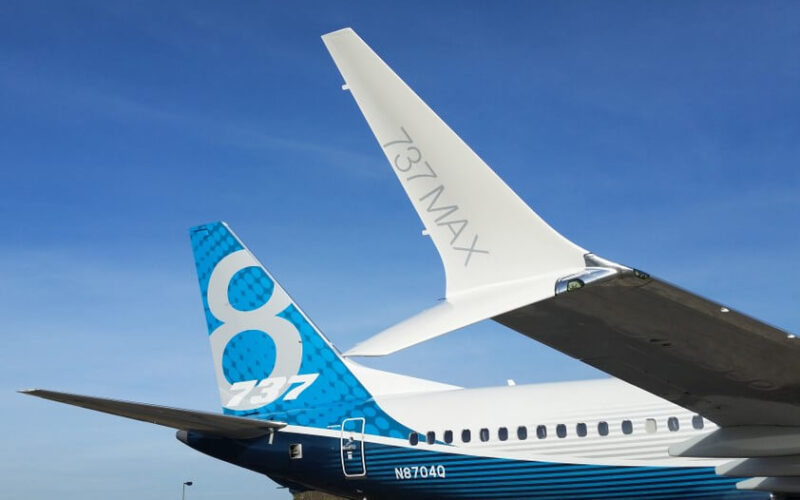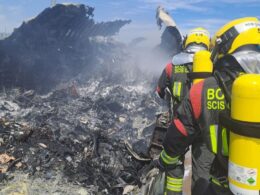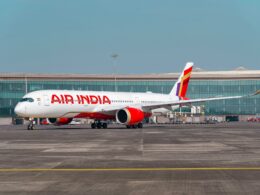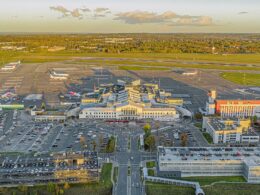A former Boeing employee raised new safety-related concerns over the Boeing 737 MAX aircraft that has been already ungrounded by several safety regulators, including US’ Federal Aviation Administration (FAA) and Canada’s Transport Canada (TC).
In his latest report, Ed Pierson, who previously worked as a senior manager at the Boeing Renton, Washington factory, raised concerns that the conditions at the facility, where the 737 MAX is built and the electrical system on board the aircraft were not properly looked at by the safety regulators.
Pierson believes that the regulators and investigators largely ignored factors, which might have played a significant role in the two fatal Boeing 737 MAX crashes in October 2018 and March 2019. The former manager raised questions, including why the two newly-delivered aircraft had “flight control system problems in the weeks leading up to the crashes.”
“The world has heard the basic explanation given for why two new 737 MAX airplanes crashed killing 346 people. The Angle of Attack (AOA) Sensor sent faulty data to the Maneuvering Characteristics Augmentation System (MCAS) software, which caused the horizontal stabilizers to repeatedly pitch the airplanes down, overwhelming the pilots causing them to lose control,” wrote Pierson in his report, released on January 20, 2021.
“People that have been following these tragedies a little closer know the original, Boeing-installed AOA Sensor on the Lion Air airplane had been replaced the day before the crash. But there is more to the story,” added Pierson.
The former senior manager at Renton, where the Boeing 737 MAX is produced, highlighted that the factory’s employees worked “under significant pressure” in 2018. According to him, the two aircraft were built during a period when “conditions within the production environment could have easily led to mistakes that affected the airplanes’ critical electrical system, among other possibilities.”
Besides, Pierson stated that employees were struggling with “a rolling logjam” of unfinished airplanes and a massive backlog of work. He outlined that before the accidents, the 737 plant had been facing chronic shortages involving hundreds of parts, including engines, power panels, and wiring. He also noted that the factory lacked “skilled union employees.”
“The failure of an originally installed Boeing part involving an open circuit, wire fatigue and evidence of multiple arcing events, and a factory environment under duress with a shortage of electricians, a high number of quality reports involving EWIS defects and chronic functional test failures are cause for serious concern,” read Pierson’s report.
Pierson concluded that three production-related scenarios could have contributed to the crashes. The former employee deliberated that either an Electrical Wiring Interconnect System (EWIS) production fault damaged the AOA sensors or the sensors themselves damaged the EWIS. Another scenario he pointed out was that an “EWIS failure and an AOA Sensor failure occurred simultaneously,” could have been another factor why the two aircraft crashed.
“Boeing and the FAA have taken the path of least resistance throughout the entire design, development, certification, production, and now recertification of the 737 MAX. The design of the 737 MAX, MCAS software, and the failure to provide vital information and training to pilots did not trigger these accidents,” concluded Pierson. According to him, the triggering event for the two fatal accidents was a defective AOA sensor part, possibly a “malfunctioning electrical system stemming from a dangerously unstable production environment.
”We can either investigate these production problems and fix them, or we can wait for another disaster.”
Meanwhile, on January 25, 2021, Patrick Ky, the executive director of EASA, stated that following “extensive work done during the last 20 months”, the Boeing 737 MAX has met EASA’s four conditions. Pending official approval, the aircraft will be ready to take passengers to the European Union’s skies once again.

